Today's Tidbit... Football Balks And Snapper Feints
Most people associate balks with baseball, but football twice had balks until they were outlawed each time. Football's first balks came in the 1880s when kickers set up for field goal attempts, and instead of fully kicking the ball, they sometimes dribble kicked or balked it, booting it a short distance, picking it up, and running with it.
Balking a field goal attempt sometimes made sense when scoring the touchdown near the sideline. Back then, field goal attempts occured from a similarly wide position (unless the team punted out.) Being unlikely to make the kick from a highly acute angle, teams took their chances and ran the ball. An 1887 rule stopped that, so balks disappeared from the gridiron for a while.
A dozen years later after centers began snapping with their hands rather than their feet, some clever little centers began balking the snap. The centers positioned themselves over the ball, placed their hands on the pea, and swiftly moved the ball back a few inches without releasing it, much like a balk in baseball. The center's actions brought the defensive linemen offside, at which point the center snapped the ball and caught the defense offside.
Such dastardly tactics were banned by Western rulemakers in 1897. (Football had Eastern and Western rulemaking bodies for a few years.)
The Easterners caught up in 1898, ruling that the snap could occur by hand or foot but must be one continuous motion. Any ball movement, no matter how short, constituted a snap.
One would think that balks would have become a thing of the past in football. Still, some devious fellow is always looking for a way around the rules, and some unsporting snapper at Transylvania University in Kentucky found one.
In the early 1900s, Transylvania had a reputation for skirting football's ethical rules. Some players had little or no academic qualification or were booted from other college teams, so Transylvania was the Last Chance U of the time.
As the end of the 1908 season approach, Transylvania's schedule had them slated to host Miami on Thanksgiving Day. Miami was undefeated and expected to pound the Vampires (Transylvanians officially use the Pioneer nickname, but they aren't fooling themselves or anyone else.)

As expected, the strong Miami team came to Lexington and pounded the Pioneers, winning 27-0. Transylvania could not even manage a field ghoul, but they created a controversy nonetheless.

Miami's two-time captain and center, George Booth, was a splendid college player and generally considered a fine fellow.
The box score indicates that three centers played opposite of Booth that day -Hurst, Watson, and Houston. At least one of Transylvania's turnstile centers performed some sleight of hand to trick the Miamians.
The rules of the time forbade centers from balking or moving the ball slightly to simulate a snap. Four times during the game, Miami was caught offside after Transylvania's center moved his hand but not the ball, pulling Miami offside before snapping it.
Miami protested, but they were penalized nonetheless since the tactic was legal, though not particularly honorable.
Miami or someone brought the matter to Walter Camp's attention, and his assessment agreed with that of the game officials: it was not kosher but legal.
The rulemakers of 1909 shed light on the Transylvanians by making feints to draw an opponent offside punishable by a 5-yard penalty, which has solved that problem.
Transylvania gave up the ghost in February 1942 when it dropped football due to the loss of men to the armed forces. They did not bring football back after the war, so their trickeration days were over.
Click here for options on how to support this site beyond a free subscription.


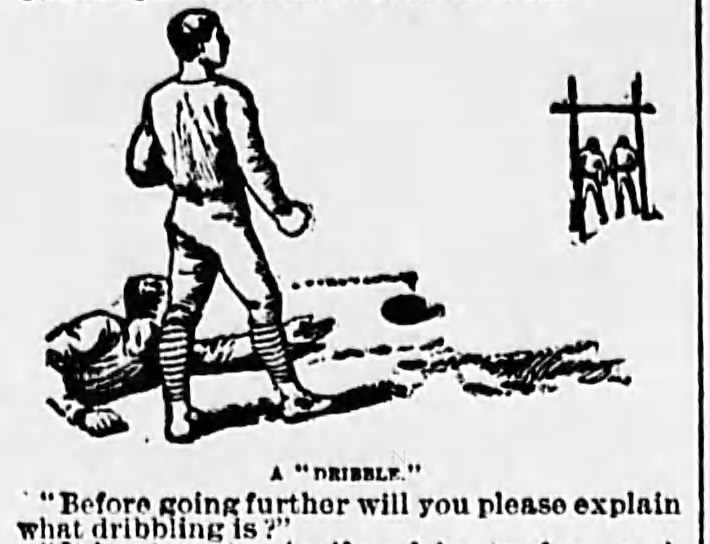
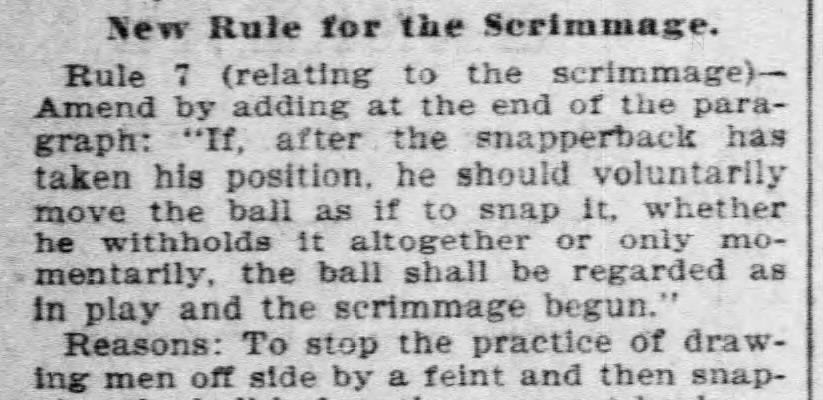
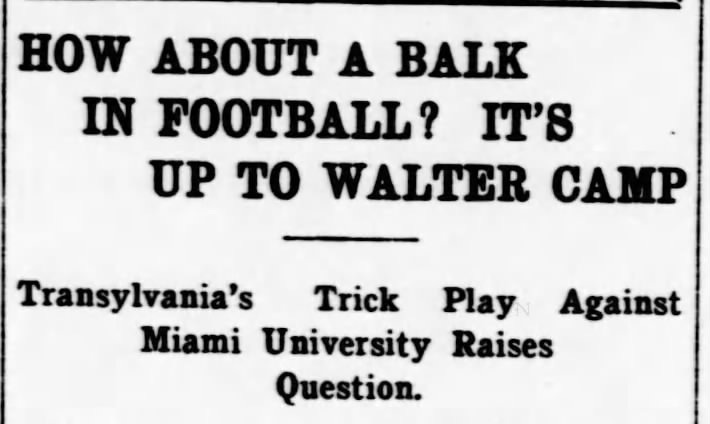


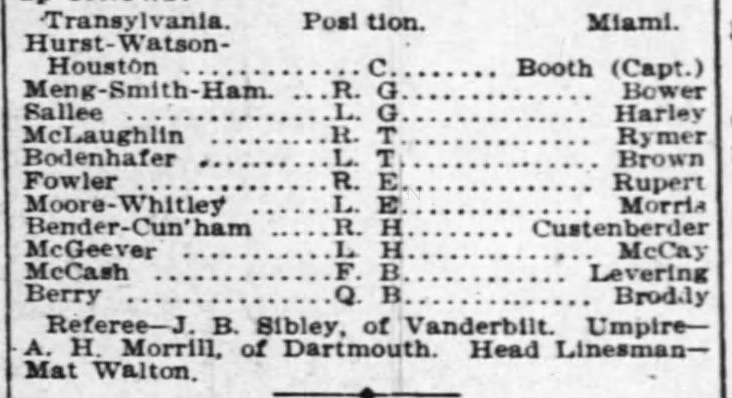
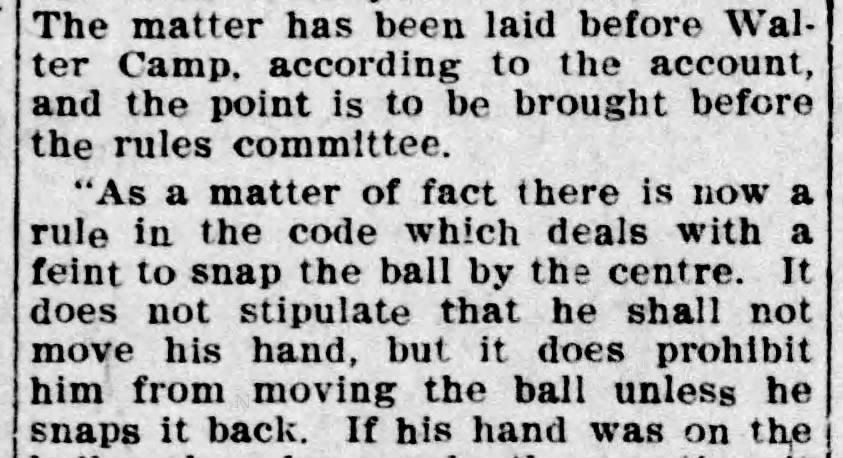
"Field ghoul?" "Gave up the ghost?" Bloody great!
What a fun article. How in the world do you come up with such interesting, clever and well-written stuff time and again. Well done, sir!